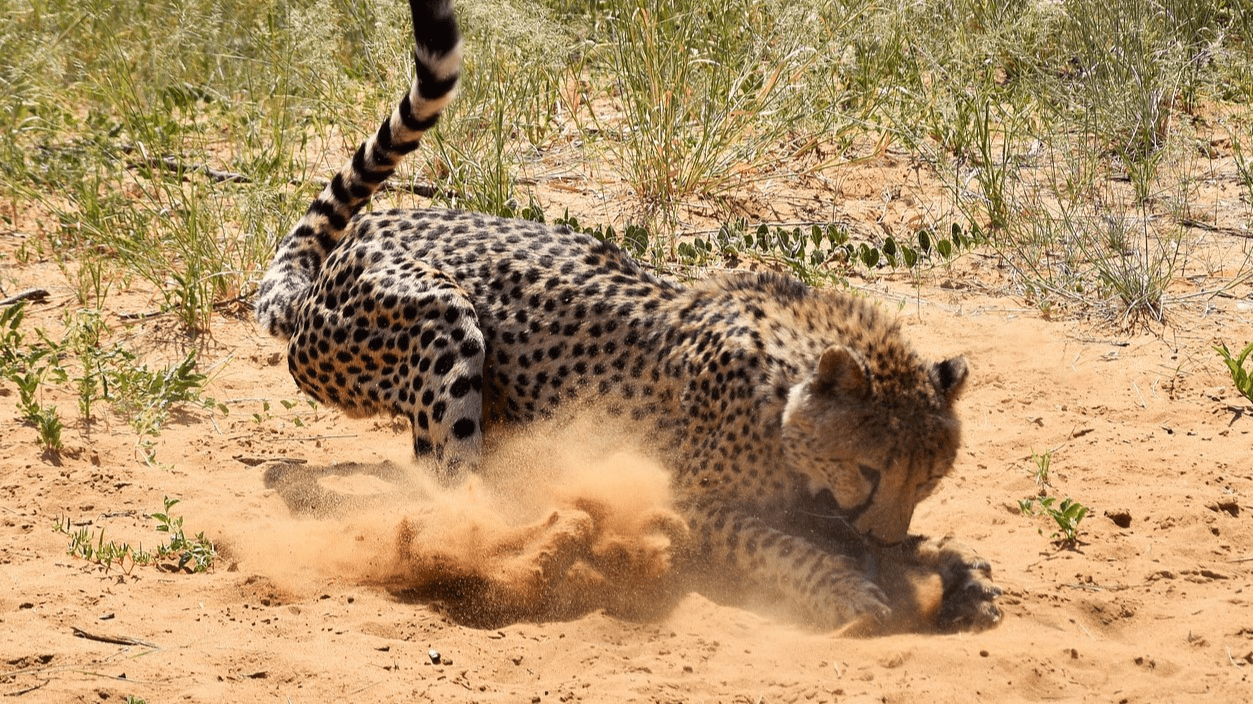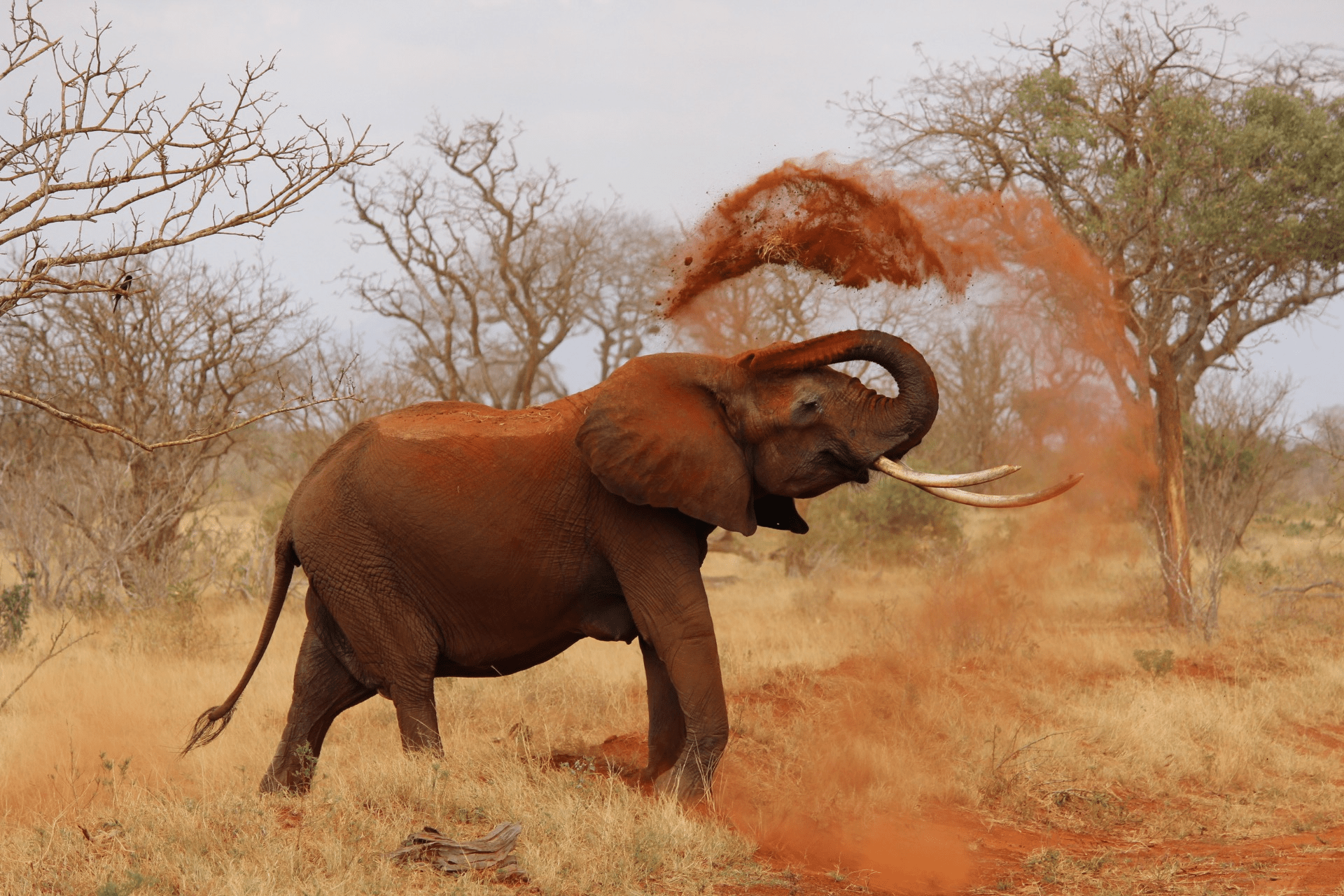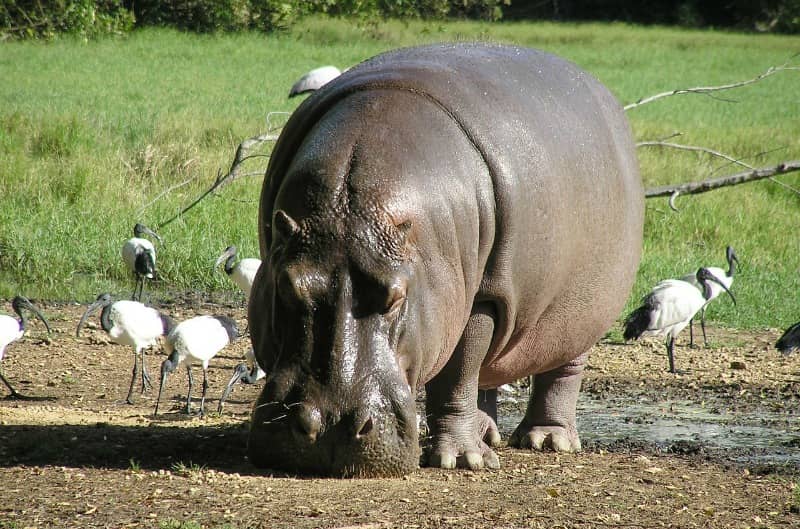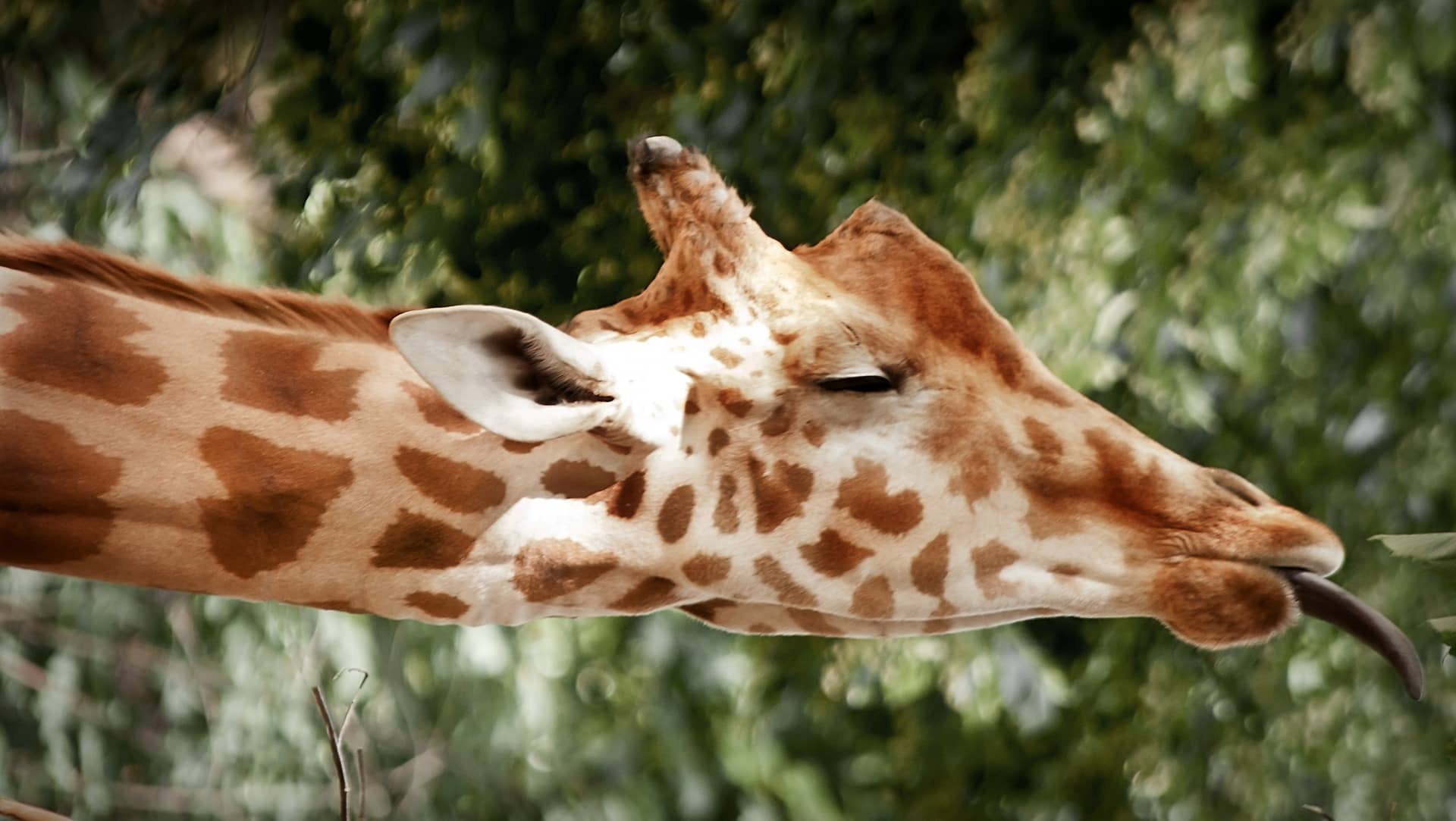Africa’s Wildest Records: Discover Nature’s Champions and Ecological Lessons
From Fastest Mammals to Deepest Divers—What Wildlife Can Teach Us About Survival and Adaptation
Africa is home to nature’s record-breakers—from the fastest land mammal to the largest living bird. But these aren’t just fun facts—they’re clues to how ecosystems work, how species survive, and how climate change is reshaping the wild.
At Africa Wildlife Detective, we help young explorers uncover the science behind the spectacle. Whether you’re tracking predator strategies, decoding biome dynamics, or earning badges for eco missions, you’re part of a growing tribe of wildlife detectives.
Introduction: Why Animal Records Matter in Ecology Education
What do the fastest land mammal, the largest bird, and the noisiest insect have in common?
They’re all part of Africa’s astonishing wildlife record book—and they’re more than just trivia. These extreme traits reveal how species adapt to their environments, compete for survival, and shape ecosystems.
In this process, we’ll explore some of Africa’s most jaw-dropping animal records and uncover the ecological principles behind them. Whether you’re a teen wildlife detective, an educator, or simply curious about nature’s superstars, this guide will help you connect the dots between biology, climate, and conservation.

The ability to change direction very quickly is just as important because if the cat misses his nimble-footed prey a few times, its body overheats, and it is forced to admit defeat.
Largest Land Mammal - African Elephant
 An interesting African elephant fact is that they have dust baths
An interesting African elephant fact is that they have dust bathsWhy? In the wild, dust and mud equal sunscreen. It also removes parasites and even alleviates stinging insects' bites.
Second and Third Largest Land Mammals
The white rhinoceros (Ceratotherium simum) claims second place, with males weighing up to 5,000 pounds. Despite its name, it's actually gray - "white" comes from the Afrikaans word "wyd" meaning wide, referring to its broad mouth.
The hippopotamus (Hippopotamus amphibius) takes third place at up to 4,000 pounds, spending most of its day submerged in water to keep its massive body cool.

They spend most of their time in the water, but they can't actually swim.
Hungry hippos have an enormous appetite, consuming 35 kilograms each night, but they can also survive without food for three weeks.
Tallest Land Mammal - Giraffe
The giraffe (Giraffa camelopardalis) can reach heights of 18-20 feet, with males being taller than females. Their necks alone can be 6 feet long but contain the same number of vertebrae as humans - just seven.
Their 18-20 inch tongues are prehensile and dark-colored to prevent sunburn while feeding on acacia trees. Their tails, reaching up to 8 feet including the tuft, are the longest of any land mammal and serve as effective fly swatters.

It needs to manage blood pressure when it lowers its head to drink in an incredibly distinct way It also has the biggest heart of any land mammal.
Largest Primate—Eastern Gorilla
The eastern gorilla (Gorilla beringei), found in the mountains of Rwanda, Uganda, and eastern Democratic Republic of Congo, is the world's largest primate.
Adult males (silverbacks) can weigh up to 440 pounds and stand 6 feet tall. Despite their intimidating size, they're primarily vegetarian, spending most of their day foraging for leaves, stems, and bark.
Largest Antelope - Giant Eland
The giant eland (Taurotragus derbianus) can weigh up to 2,000 pounds, making it Africa's largest antelope. Found in the savannas of Central and West Africa, both males and females have spiral horns, though the males' are more prominent and can reach 4 feet in length.
Largest Living Bird - Ostrich
The ostrich (Struthio camelus) stands up to 9 feet tall and weighs up to 320 pounds. Their legs, which can be 3-4 feet long, are their most powerful weapons - a kick can kill a lion. Their eggs weigh up to 3 pounds and are equivalent to about 24 chicken eggs.
Despite being flightless, they're the fastest birds on land, reaching speeds of 43 mph.
Fastest Flying Bird—Peregrine Falcon
While found globally, African peregrine falcons (Falco peregrinus) achieve the fastest speeds of any bird during hunting dives, reaching over 240 mph. Their specialized nostrils prevent lung damage at these extreme speeds.
Deepest Diving Bird - Emperor Penguin
Though primarily Antarctic, some populations venture into southern African waters. They can dive to depths of 1,800 feet and hold their breath for over 20 minutes while hunting for fish and squid.
Largest Mammal - Blue Whale
Blue whales (Balaenoptera musculus) migrate through African waters, particularly off the coasts of South Africa and Madagascar. These ocean giants can reach 100 feet in length and weigh up to 200 tons - their hearts alone weigh as much as a car.
Fastest Fish - Black Marlin
Found in the Indian Ocean off Africa's eastern coast, black marlin (Istiompax indica) can reach speeds of 80 mph, making them the fastest fish in the ocean. Their spear-like bills help them cut through water with minimal resistance.
Largest Fish - Whale Shark
Whale sharks (Rhincodon typus) frequent African waters, particularly around Madagascar and the East African coast. These gentle giants can reach 40 feet in length and feed exclusively on plankton and small fish.
Largest Predatory Fish—Great White Shark
Great whites (Carcharodon carcharias) patrol South African waters, particularly around Seal Island near Cape Town. They can reach 20 feet in length and have bite forces exceeding 4,000 pounds per square inch.